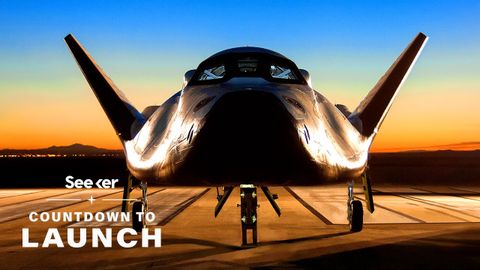
字幕と単語
次世代宇宙機ドリームチェイサーとの出会い|打ち上げまでのカウントダウン (Meet Dream Chaser, The Next-Generation Space Plane | Countdown to Launch)
00
林宜悉 が 2021 年 01 月 14 日 に投稿保存
動画の中の単語
average
US /ˈævərɪdʒ, ˈævrɪdʒ/
・
UK /'ævərɪdʒ/
- n. (c./u.)平均
- v.t.平均する
- adj.典型的な : 普通の : ありふれた : 普段の
A2 初級TOEIC
もっと見る experience
US /ɪkˈspɪriəns/
・
UK /ɪk'spɪərɪəns/
- n. (c.)経験;経験;経験;体験
- n. (c./u.)経験;職務経験
- v.t./i.経験する
A1 初級TOEIC
もっと見る exposure
US /ɪkˈspoʒɚ/
・
UK /ɪk'spəʊʒə(r)/
- n.露出;メディアにとりあげられること;暴露;さらされていること : 露出していること;露出;低体温症;(金融)エクスポージャー
A2 初級TOEIC
もっと見る エネルギーを使用
すべての単語を解除
発音・解説・フィルター機能を解除
